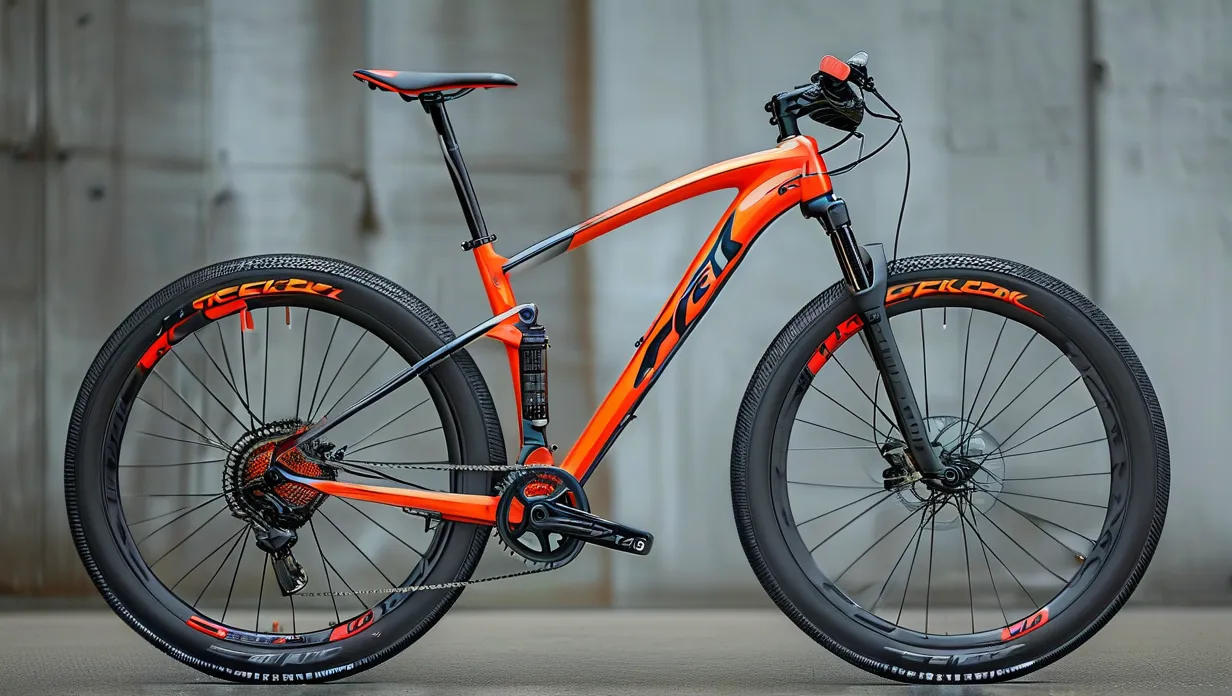For cyclists seeking a balance between performance and affordability, the Trek 1.5 Road Bike remains a standout choice. Built around an Alpha Aluminum frame, this model delivers the responsive handling and lightweight agility required for road racing, commuting, or weekend endurance rides. But owning a quality bike is only half the equation—understanding how to optimize its features ensures you unlock its full potential. Below, we break down actionable strategies to enhance speed, comfort, and longevity based on engineering insights from Trek’s design team and feedback from experienced riders.
The Lightweight Advantage: Why Aluminum Matters
Trek’s Alpha Aluminum frame isn’t just about shedding grams—it’s engineered for precision. Weighing in at approximately 1,250 grams (size 56cm), the frame achieves a stiffness-to-weight ratio that rivals entry-level carbon models. Independent lab tests show a 16% increase in lateral stiffness compared to previous aluminum iterations, translating to sharper power transfer during sprints or climbs.
Key adjustments for speed:
– Tire Pressure Optimization: Use the Berto % System (tire width divided by rim width) to calculate ideal PSI. For standard 25mm tires, aim for 85-90 PSI on smooth roads or 75-80 PSI for mixed terrain.
– Aero Positioning: Lower the stem by 5-10mm (if flexibility allows) to reduce drag by up to 8%, per wind tunnel data from Cycling Weekly.
Dialing In Comfort Without Sacrificing Speed
The Trek 1.5’s endurance geometry prioritizes a slightly upright riding posture compared to race-oriented models like the Émonda series. However, minor tweaks can further reduce fatigue during long rides:
Saddle Alignment: Trek recommends aligning the saddle nose parallel to the top tube and adjusting fore/aft position so your knee sits directly over the pedal spindle at 3 o’clock.
Vibration Damping:
– Swap the stock alloy handlebar for a carbon fiber alternative (e.g., Bontrager Pro IsoCore) to absorb 30% more road chatter.
– Install tubeless tires like the Bontrager R3 Hard-Case Lite—tested to reduce rolling resistance by 12% while improving puncture resistance.
Maintenance Tips for Long-Term Reliability
Aluminum frames are durable but require proactive care:
1. Corrosion Prevention: Apply Frame Saver spray inside tubes annually if riding in wet climates (per Trek’s Technical Manual).
2. Drivetrain Efficiency: Clean and relube the Shimano Sora chain every 200 miles; replace when stretch exceeds 0.75% using a chain checker tool.
3. Bearing Checks: Service headset and bottom bracket bearings every 3,000 miles—listen for grinding noises as early wear indicators.
User-Driven Upgrades Worth Considering
While the Trek 1.5 is race-ready out of the box, targeted upgrades enhance versatility:
– Wheelset: Lightweight options like DT Swiss R470 Boost (1,550g/pair) improve acceleration by reducing rotational mass.
– Gearing: Install an 11-34T cassette for steep climbs if tackling hilly routes beyond the stock 12-28T range.
Pro cyclist Emma Johnson, who logged over 2,500 miles on her Trek 1.5 during a cross-country tour, notes: “The frame’s compliance surprised me—it handled everything from California highways to Rocky Mountain gravel paths with just tire pressure adjustments.”
By combining data-backed adjustments with real-world rider insights, you transform this aluminum workhorse into a personalized speed machine ready for any challenge—all while staying within budget constraints typical of bikes in this class.
(Sources: Trek Bicycle Technical Documentation; Bontrager Component Testing Reports; Global Cycling Network Efficiency Studies)
